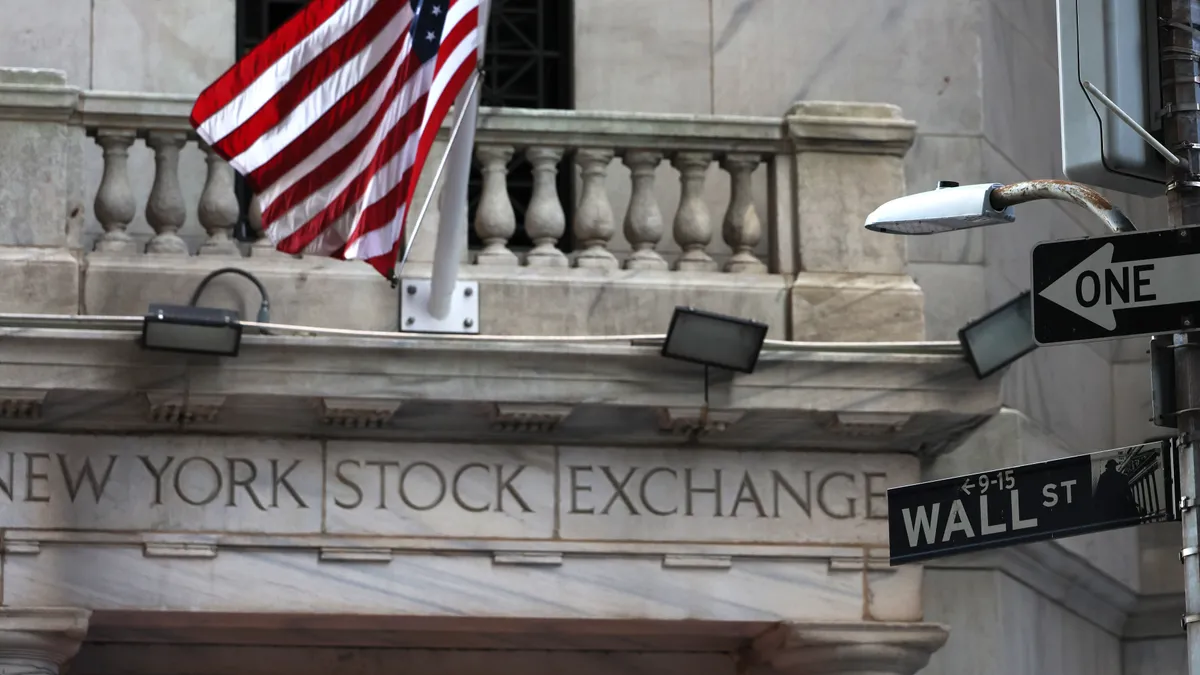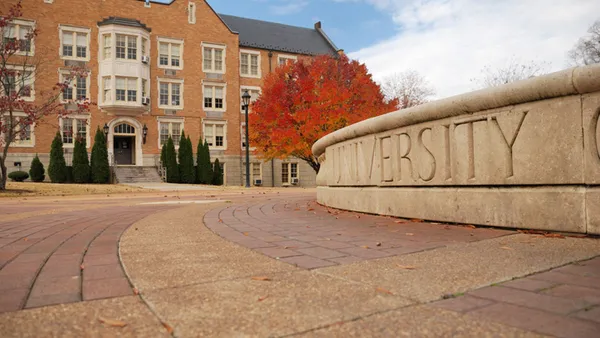Dive Brief:
- U.S. higher education faces a stable but deteriorating credit outlook in 2023, Fitch Ratings said Thursday, taking a more pessimistic view of the sector's future than it had at the same time last year.
- Operating performance at colleges and universities will be pressured by enrollment, labor and wage challenges, according to the bond ratings agency. Colleges have been able to raise tuition slightly because of inflation, but additional revenue they generate generally isn't expected to be enough to offset rising costs.
- Market conditions will likely exacerbate a gap between large, selective institutions with diverse sources of revenue and others that are smaller, less selective and depend more on tuition to fund their budgets, Fitch found.
Dive Insight:
Bond ratings agencies regularly issue outlooks and reports reflecting their insight into market conditions affecting colleges and universities borrowing money. But they generally have a direct view of institutions that are wealthier than the sector as a whole, even though they track broad trends.
A year ago, the three major ratings agencies — Fitch, Moody’s Investors Service and S&P Global Ratings — all issued stable outlooks for higher ed in 2022. At the time, they said high endowment returns, rising numbers of students studying on campus, increasing auxiliary revenue and strong public funding would likely be enough to offset challenges like inflation, staffing issues, pricing constraints and downward enrollment pressure.
Most of the colleges whose debt Fitch rates have a stable outlook, 88%. But in the second half of 2022, the ratings agency has issued four times as many downgrades for colleges as upgrades, and it posted a series of unfavorable outlooks. All of those actions cited enrollment pressures made worse by the COVID-19 pandemic.
Fitch's new sector-wide outlook for 2023 remains stable, as it doesn't anticipate downgrading a large number of colleges' debt ratings in the new year. At the institutions whose debt it rates, effects from inflation have been relatively limited, and enrollment results are mixed, according to its report.
"U.S. higher education institutions will continue to struggle with inflationary costs, labor pressures, mixed enrollment trends and a continued need for elevated expenditure controls," Emily Wadhwani, Fitch senior director, said in a statement. "Continued controls over operational and capital spending should preserve some budgetary flexibility, albeit to diminishing returns amid the current macro environment."
Before it considers the sector's outlook improved, Fitch wants evidence that enrollment is recovering sustainably, especially among incoming first-year students and at community colleges. Improving inflationary indicators would be a boost to the sector, as would increased public funding. Consolidation that stabilizes revenue is one way the sector could lower operating risks, Fitch said.
In 2021, Fitch counted 35 colleges and universities that closed. The ratings agency anticipates "a moderate but steady increase" in consolidation next year. Less-selective institutions and those facing enrollment challenges will be more likely to close or merge, it said. It also pointed to intra-university mergers — slimming down program offerings — as likely to happen more frequently.
Drilling down into the enrollment picture, Fitch found an increase in first-year and international students this fall. But the sector's total enrollment is still down by more than 3% since fall 2020. Graduate enrollment has been stronger of late, but changes in the number of students, who they are and where they are located will play out unevenly at different institutions in the coming decade.
"The Northeast and Midwest, in particular, are facing steeper enrollment declines relative to other regions," Fitch's report said. "Additionally, their declines predate the onset of the pandemic."
Institutions with few resources will have to make hard choices as they seek to offset these challenges. Fitch expects colleges to try to address the landscape with strategies like test-optional admissions, higher financial aid and starting in-demand programs.
Endowments dropped by about 10% on average across the sector this year after a strong 2021 pushed them to all-time highs, Fitch estimates. It now expects colleges to focus on preserving liquidity, keeping capital expenditures relatively low in 2023.















